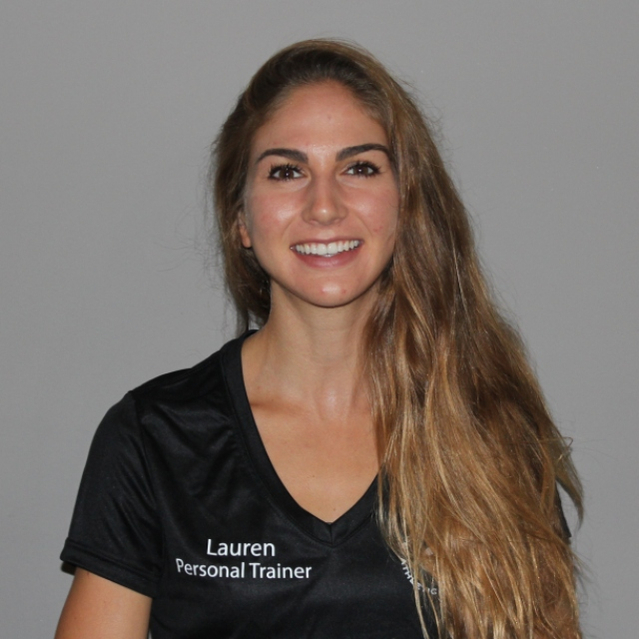Are You Training Too Hard? The Benefits of Zone 2 Cardio
Posted by Lauren Koehler on December 1, 2023
What is zone 2 heart rate training?
Also known as low heart rate training, base training, or aerobic training, zone 2 heart rate training is the concept of spending the majority of your cardiovascular exercise at a lower percentage of your maximum heart rate. It involves training at a lower intensity for a longer period of time. It has been linked to metabolic health and longevity. It offers the body a way to improve cardiovascular health and performance while minimizing risk of overuse and stress-related injuries.
What are the heart rate zones?
- Zone 1: very light (55%-65% HR max)
- Zone 2: light/aerobic (65%-75% HR max) (body is burning fat for energy)
- Zone 3: moderate (80%-85% HR max)
- Zone 4: hard (85%-88% HR max) (body is burning glucose for energy)
- Zone 5: maximum/anaerobic (90% HR max and above)
What are the benefits of zone 2 training?
Lower Resting Heart Rate
Endurance training in zones 1 and 2 can result in lower resting heart rate. Endurance training strengthens the heart; this means that the heart is more efficient and able to pump more blood with each contraction. This makes it easier for the heart to pump blood throughout the body and deliver oxygen and nutrients to muscles and cells.
Longitudinal studies have shown a strong relationship between resting heart rate and adverse events. In other words, individuals who have a lower resting heart are more likely to live longer and have a lower likelihood of developing a chronic disease.
Use Fat as Fuel
Mitochondria are responsible for providing cells with energy. They process glucose and fat and transform it into ATP (energy currency for cells). Therefore, mitochondrial health is directly linked with overall health.
Exercising in zones 1 and 2 improves mitochondrial number, function, flexibility, and efficiency. This means that your body will be more efficient at utilizing fat as an energy source. Conversely, people who are sedentary and poorly trained are very poor at using fat as a fuel source. They have poorly functioning mitochondria which are linked with type 2 diabetes, insulin resistance, metabolic syndrome, cancer, dementia, and heart disease.
Improved Longevity
Zone 2 training results in improved mitochondrial health and diminishes the downstream consequences of poor metabolic health. This means it decreases the likelihood of developing various chronic diseases such as type 2 diabetes, cardiovascular disease and metabolic syndrome.
How much time should you spend in zone 2?
- 80% of your training should be completed in zones 1 or 2.
- Low intensity training should make up the majority of your training, but strength training and higher-intensity exercise should still be included.
How do you know if you are in zone 2?
- Use the “talk test” - you are able to talk and breathe through your nose while working out.
- Zone 2 heart rate is typically 65-75% of your maximum heart rate (maximum heart rate = 220 - your age).
How to start improving your zone 2 heart rate training?
- Determine your baseline endurance level. This varies depending on the person but could be walking on a treadmill, riding a stationary bike, climbing stairs or jogging.
- Begin with 20-30 minute sessions and gradually increase the duration of your sessions as you see improvements in your aerobic base.
- Use the talk test and/or heart rate sensor to monitor intensity.
References:
- https://www.ncbi.nlm.nih.gov/pmc/articles/PMC6355121/
- https://pubmed.ncbi.nlm.nih.gov/28623613/
- https://pubmed.ncbi.nlm.nih.gov/35418513/
- https://pubmed.ncbi.nlm.nih.gov/25803237/
- https://pubmed.ncbi.nlm.nih.gov/28467922/
- https://pubmed.ncbi.nlm.nih.gov/30761923/

Lauren Koehler
Lauren holds her doctorate in physical therapy from Mayo Clinic School of Health Sciences. In addition to personal training and teaching group fitness at the RAC, she works as a physical therapist at Mayo Clinic. Lauren graduated from the University of Arizona in 2020 with Bachelor’s degrees in Biochemistry and Nutrition. She has been leading group fitness classes such as spinning, weight lifting, boot camp, and HIIT since she was 16 and also became a personal trainer in college.
Contact Lauren Koehler



